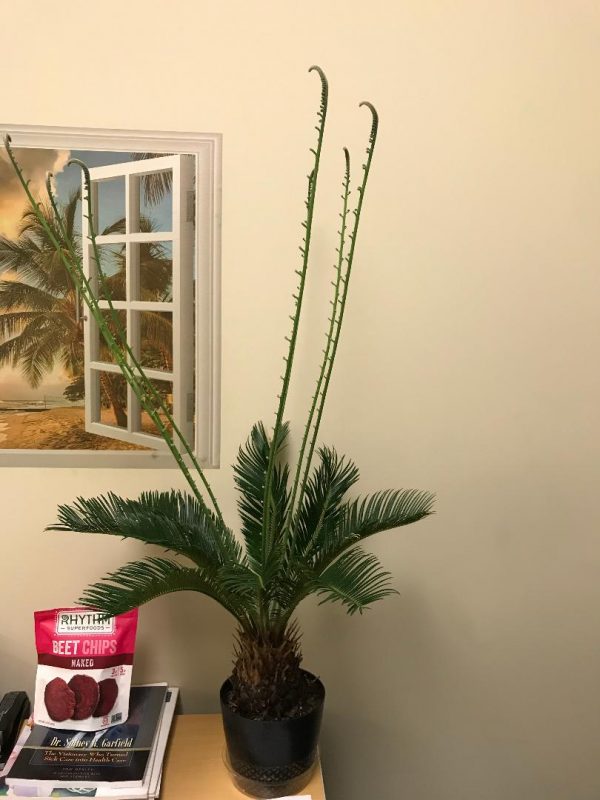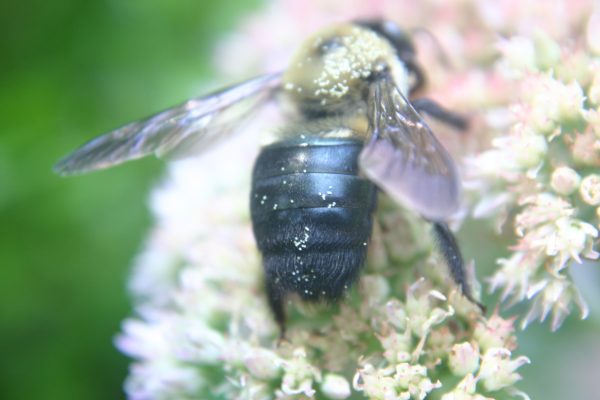Pressure-treated Wood – Safety
Pressure-treated lumber (sold prior to 2004) has come under fire as dangerous to those who use it in the landscape.
There are extremely intense arguments on both sides of the question. I can not judge which side is correct but I present this information from the Bio-Integral Resource Center (BIRC).
I have previously found their information to be very balanced, with a slant toward using fewer pesticides.
The following appeared in the Summer 2004 “Common Sense Pest Control Quarterly”
……………………………
Dear BIRC
I planted a row of beans in my garden this spring that are immediately adjacent to a board that had been partially buried to define a landscaped area. The board appears to be treated wood. Is there any potential for the toxins used to treat the wood to affect the quality of the produce in the garden? There are tomato plants and bell peppers within a foot of the board as well. Thanks for your help. I have an 18-month old and want to keep him safe.
BIRC replies,
The most common form of treated wood is chromated copper arsenate (CCA), containing salts of copper, chromium, and arsenic. CCA has been voluntarily withdrawn from the home market, but you might find it in older garden beds. Most of the material stays inside the wood due to chemical reactions that take place during treatment. Some of it leaches out, however. Leaching is pH related, and so more leaches out in acidic soil. For this reason you should not build a compost bin out of CCA treated wood. Acidic material formed during composting could leach out some of the arsenic.
Arsenic occurs naturally in soil. A University of Minnesota study found that background levels are about 4.4 parts per million (ppm). The study found that arsenic leaches out of aged treated wood in garden beds, but is localized near the wood. Within 2 inches (5 cm) of a treated board, soil levels were 20 ppm. Six inches (15.2 cm) or more from the wood, levels dropped toward background amounts (4 ppm).
A lethal dose of inorganic arsenic is about 1 mg/kg of body weight. So for an 18-month old weighing maybe 30-40 lbs (15-20 kg), that would be roughly 15-20 mg of inorganic arsenic. A level of 20 ppm in soil means there is 20 mg of arsenic in each kg of soil. Not all of the arsenic is present in an inorganic form. According to the Minnesota study, soil microbes change some of it to a less-toxic form. A child would have to eat about 2 pounds (1 kg) of the soil found near the boards to be in any kind of acute danger.
Vegetables will absorb arsenic from the soil. Most of this is concentrated in the roots of the vegetable. Some is inorganic, which is bad, and some is in an organic form that is less of a problem. In the edible parts of vegetables planted in the 20 ppm soil, the Minnesota researchers found 0.29 ppm in beans, 0. 11 ppm in carrots, and 0. 14 ppm in tomatoes. Carrots grown in “uncontaminiated” soil contained half as much arsenic, or 0.05 ppm.
The American standard for arsenic residues in food is 2.6 ppm. The Canadian standard is 1 ppm. So, the vegetables you are growing should contain at least 8 times less arsenic than is permitted by U.S. standards. If you are concerned, and want to be absolutely sure, only eat vegetables planted more than 10 inches (25.4 cm) away from the treated board. If you are really concerned, you can remove the board and replace the soil immediately adjacent.
See also















